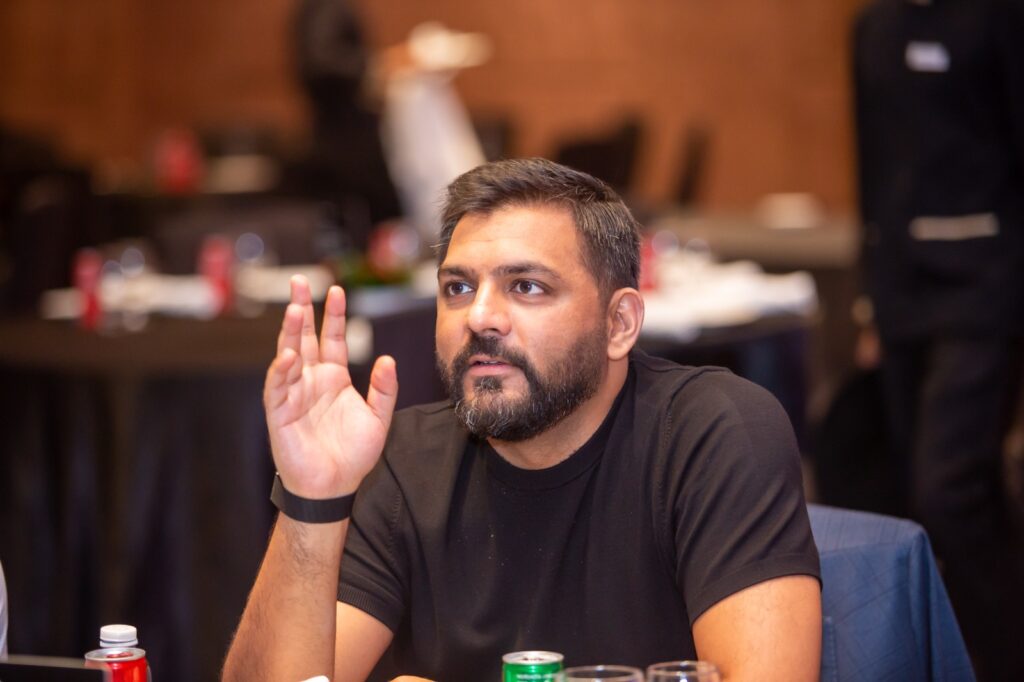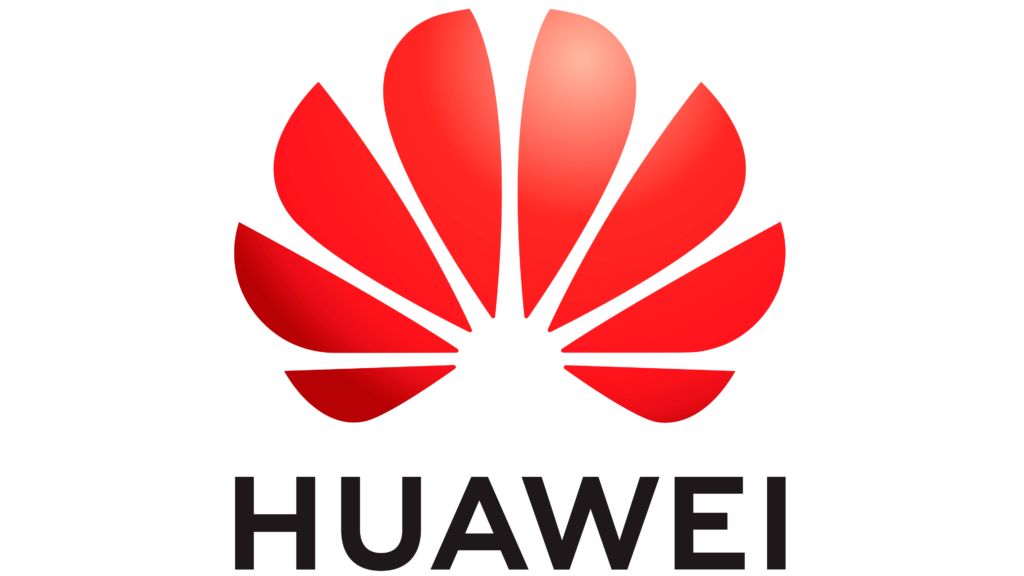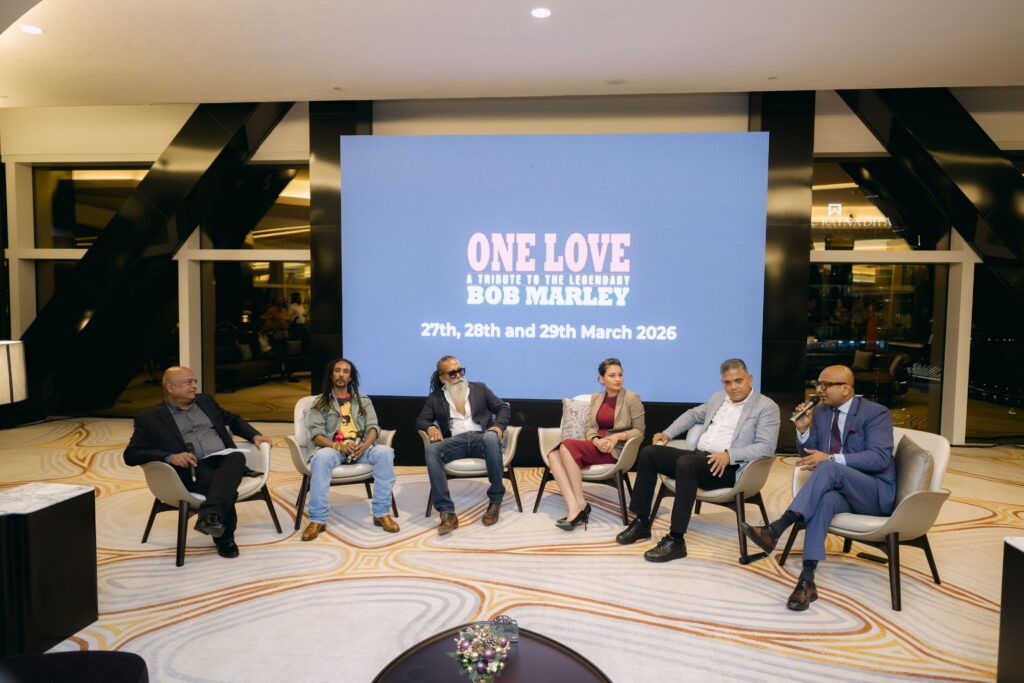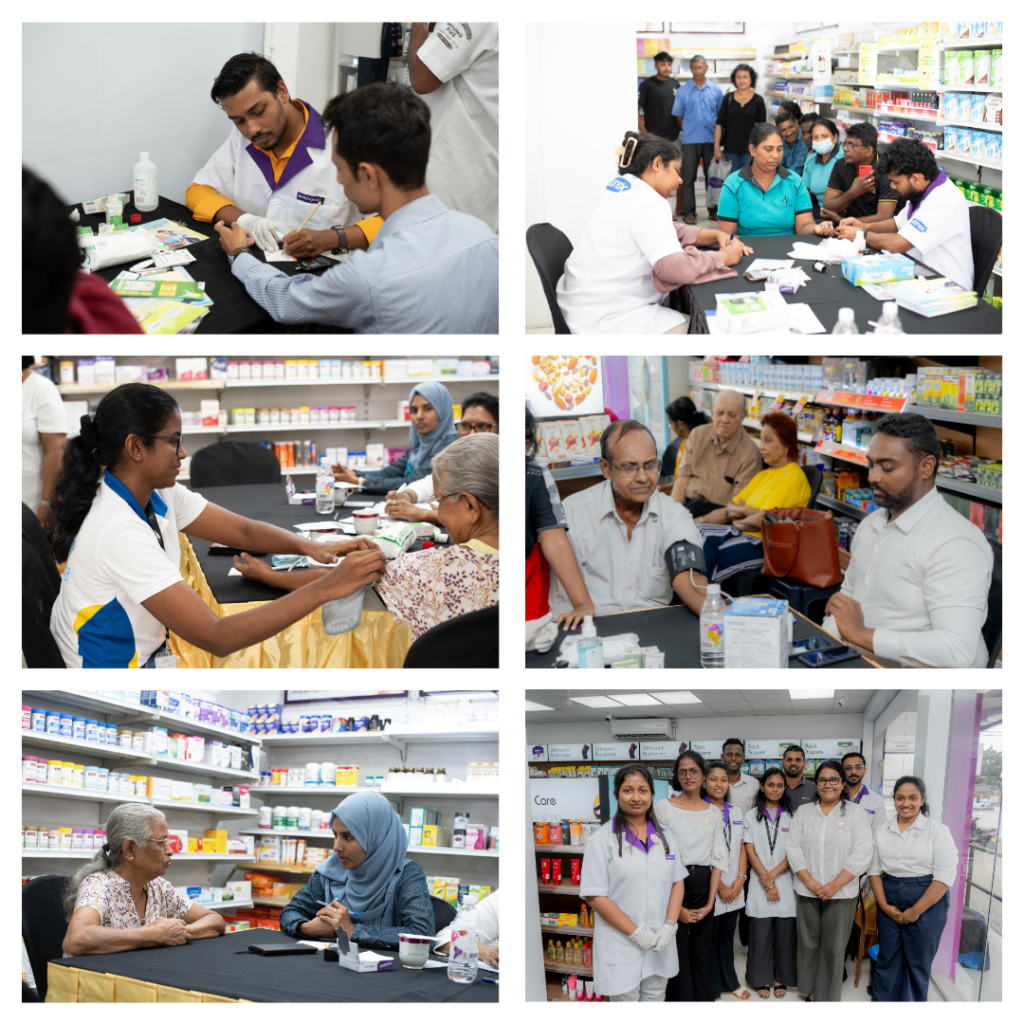By Umais Naveed
When I first encountered social media many years ago, it was largely known as a space for creativity and connection; a place where people came together through short videos, memes, and global trends. What has truly inspired me since then is how that same creative energy has evolved into something far more impactful. Today, social media serves not only as a source of entertainment but as a bridge to learning, collaboration, and opportunity.
Across South Asia, I’ve seen first-hand how young people — from students and aspiring scientists to digital creators — are using these platforms to explore new ideas and deepen their understanding of the world around them. A teenager in a remote village can now watch a physics experiment online and grasp the underlying concept with clarity. A young woman can learn coding, engineering, or design from creators across continents. Even complex ideas in mathematics, astronomy, or biology are being explained in ways that feel accessible and engaging.
These moments remind me of the best of what technology can offer: the human desire to learn, connect, and grow. Social media today is more than a platform; it is a catalyst that connects curiosity with knowledge, learners with mentors, and innovation with community.
Social Media as a Catalyst for STEM and Learning
Short-form videos, interactive tutorials, and live demonstrations are redefining how students engage with STEM subjects. Beyond being quick snippets of content, these formats serve as entry points into structured learning journeys. A single physics demonstration can be accompanied by step-by-step explanations, links to additional resources, and suggestions for at-home experimentation. Coding tutorials not only show syntax and logic but encourage learners to test variations, troubleshoot, and learn through doing (a method known to improve problem-solving and retention). Even mathematical concepts, when presented through relatable scenarios or real-life applications, become more intuitive, allowing students to internalize abstract ideas through experience rather than memorization.
Across the globe, content creators are pushing the boundaries of what social media can accomplish in STEM education. Astronomers are making the cosmos accessible through immersive visuals and narrative storytelling that contextualizes discoveries, showing learners not just the ‘what,’ but the ‘why’ and the ‘how’ of astronomical phenomena.
Physics educators demonstrate experiments that traditionally require lab access, translating them into formats that students can replicate safely at home or in informal learning environments. Even broader science content, when paired with storytelling and visualizations, invites learners to question, hypothesize, and explore— the core habits of scientific thinking.
What is particularly significant from a policy and strategic perspective is how these platforms democratize access to education. Rural communities, historically underserved by formal education infrastructure, can now access the same content as urban learners, leveling the playing field and helping reduce systemic disparities with a single mobile device in their hands.
Non-traditional learners, whether returning to education, exploring skills for career transitions, or pursuing personal interests, are empowered to learn on their own schedules and at their own pace. Social media enables not only knowledge transfer but also the formation of communities where learners can collaborate, seek mentorship, and validate their progress. This combination of accessibility, adaptability, and community engagement is precisely what makes digital learning platforms so transformative.
From a policy standpoint, this shift demonstrates the potential for technology-driven, scalable educational interventions that complement traditional schooling and reach learners who might otherwise be excluded.
Ensuring Safe and Accurate Learning Online
TikTok has established a robust framework to ensure that educational materials, especially those pertaining to STEM subjects, adhere to the highest standards of quality and safety.
TikTok’s foundational principle is clear: “If we bring information to your children, we make sure it is as accurate as possible.” To uphold this standard, TikTok collaborates with a diverse array of stakeholders, including subject-matter experts, verification institutions, and governmental bodies, to curate and verify content. This collaborative approach ensures that the information disseminated is not only accurate but also aligns with educational best practices and local curricula.
The process of content verification on TikTok is both rigorous and multi-faceted. Initially, content undergoes an internal review to assess its alignment with TikTok’s Community Guidelines and educational standards. Subsequently, subject-matter experts, often sourced from academic institutions or recognized educational organizations, evaluate the content’s accuracy and relevance. This dual-layered review process helps in filtering out misinformation and ensures that only credible educational content reaches the audience. Self-harm, DIY content etc., face strict regulation, leaving no harmful content within reach of your child.
To manage the vast influx of content, TikTok employs a combination of artificial intelligence (AI) and human moderation. AI algorithms are designed to detect and flag content that may violate community guidelines or educational standards. However, given the nuanced nature of educational content, human moderators play a crucial role in reviewing flagged materials to make contextually informed decisions. This hybrid approach ensures a balance between scalability and accuracy in content moderation.
TikTok’s commitment to educational excellence is further demonstrated through its partnerships with educational institutions and participation in global initiatives. In Sri Lanka, for example, the collaboration with the government to launch the STEM feed is a testament to TikTok’s dedication to supporting national educational goals. These initiatives not only promote STEM education but also provide a platform for learners to engage with subject matters creatively and intuitively.
Future Directions in Digital Education
Looking ahead, the potential for social media to shape digital education is immense. Learning is no longer confined to classrooms or rigid schedules; it can happen anytime, anywhere, guided by curiosity, interest, and a community of peers and mentors. Social media platforms, when combined with thoughtful policy, expert guidance, and technological innovation, can play a central role in making education more inclusive, interactive, and empowering.
One of the most exciting directions social media, especially TikTok could take, is personalized learning at scale. AI-driven recommendations, combined with expert-curated content, allow learners to access materials tailored to their interests and skill levels. A student fascinated by robotics, for example, can follow a sequence of tutorials, live discussions, and hands-on challenges that build both knowledge and practical skills. This level of customization ensures learning is relevant, engaging, and adaptive to each learner’s pace.
Equally important are the content creators who drive this ecosystem. Their role is critical—they craft videos, tutorials, experiments, and interactive challenges that make STEM subjects approachable, entertaining, and deeply educational. Platforms provide tools, guidelines, and verification processes, but creators bring knowledge to life in ways that truly resonate.
Global collaborations and community-driven initiatives will continue to be key. TikTok is already working with governments, educational institutions, and NGOs across the region to bridge gaps in access, particularly for rural and underserved communities. These initiatives deliver content while fostering mentorship, peer learning, and networks that inspire learners to see themselves as part of a global scientific and learning community.
Social media has proven that it can be more than a platform for entertainment; it can be a powerful enabler of knowledge, curiosity, and empowerment. But with this opportunity comes responsibility. Platforms, content creators, educators, and policymakers must collaborate to ensure that learning spaces are safe, accurate, and inclusive. Continuous innovation is required, not just in content delivery, but in verification, moderation, and engagement strategies, to meet the evolving needs of youth and maintain trust in digital education.
The next generation of learners and creators is already online, exploring, questioning, and creating at an unprecedented scale. Platforms like TikTok have both the responsibility and the opportunity to guide them safely, thoughtfully, and meaningfully. If we embrace this responsibility, we can help ensure that curiosity becomes knowledge, and knowledge becomes empowerment, giving young people everywhere the tools to imagine, learn, and shape the future.







